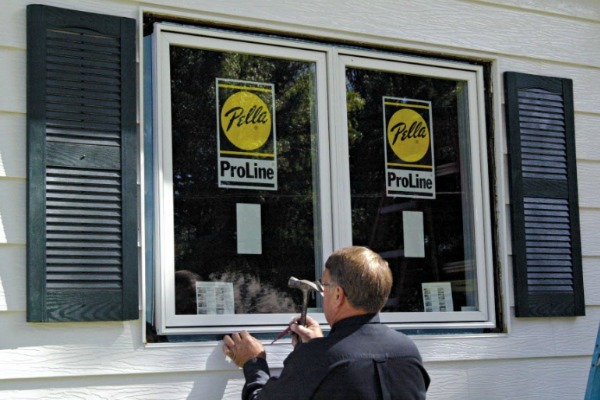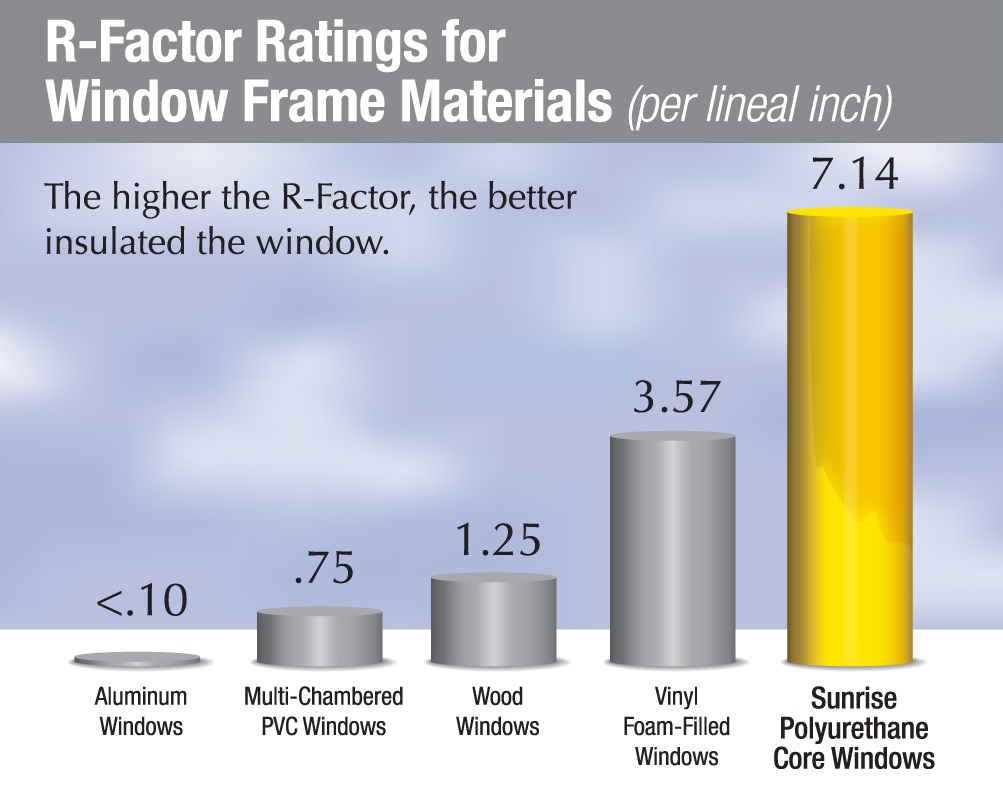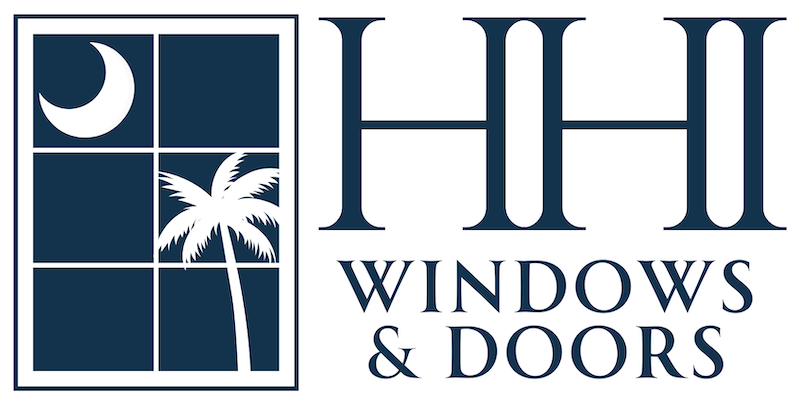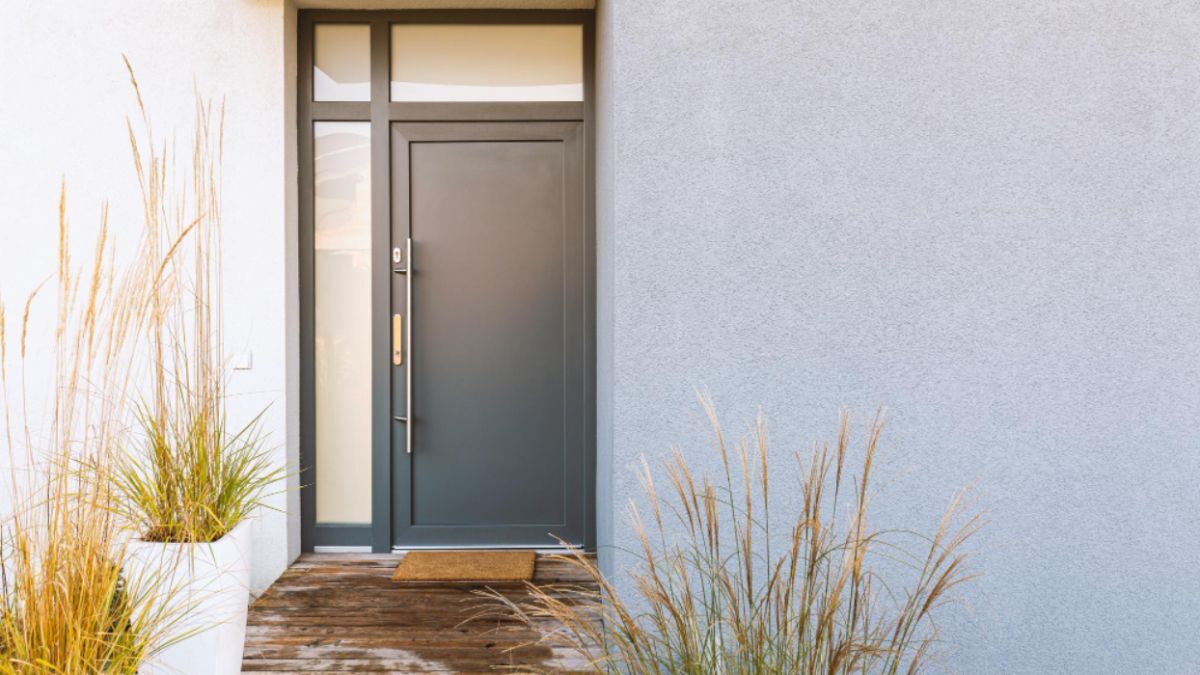Any New Savannah Replacement Window Is Better Than What I Have (Part II)

In a previous post, we mentioned a mindset that basically says that if you install any new Savannah replacement windows, you are better off. We used frame insulation as a prime example of how wrong this assumption can be. Statistics clearly show, from a R value standpoint, the wood window that you are replacing is more energy efficient than a non-insulated Savannah vinyl replacement window. Today, we’ll look at another area where this anything is better than what I have mentality is not only incorrect, but can truly cost you.
It is almost natural to assume that if you buy any new Savannah replacement window, insure that is installed correctly, and the gap around the exterior of the window is caulked properly, you’ll have an airtight window. Unfortunately this is where one of the dirtiest little secrets when it comes to manufacturing a vinyl replacement window comes in; that is the air leakage rate. There are many parts of the manufacturing process that can affect how well your new home windows handle air, and this is a major area where a manufacturer can save money.
So, when a Savannah replacement window dealer comes to show you their product, how do you know what constitutes a truly efficient window from an air leakage standpoint? Interestingly, a staple of most window salesperson’s presentation repertoire is showing you how their sashes interlock where they meet. They often will place a dollar bill in before they close the two parts together and ask you to try to pull it out and when you can’t they tell you that proves how airtight their window is. Makes some sense, right?

Maybe the best, and easiest way to know is to ask the salesperson to show you the NFRC sticker for the Savannah replacement window product they are demonstrating to you. This sticker, required to be on your windows at the time of install, includes several performance numbers, but the one you are looking for is the fourth one, the Air Leakage rate. Without getting too technical, if published, this number will either be .1,.2, or .3, the lower the better. As a point of reference, the .3 is the maximum allowable in new home construction in most markets today. But did you catch it? “If published”… This is the one performance number that the NFRC allows each manufacturer to decide whether or not to publish. The question that you have to ask yourself is what would be the only reason a manufacturer would choose not to publish that number? The big news is that only fewer than a handful of Savannah replacement window products have that number on the sticker.
So how is this germane to our “Anything is better than I what I have.” conversation? Look at it this way, if you had a tire with three holes in it and you plugged two of them, what would you have? That’s right, a FLAT TIRE! Savannah window dealers can argue all day long who has the best frame or best glass, but if they don’t show that number, or do and it’s too high, you are setting yourself up for a flat tire, no matter what your new Savannah replacement windows cost.
Next time, we’ll look at the most exploited feature of a home window that you need to be aware of if you think that any Atlanta replacement window is better than what you already have.
32 Malphrus Rd, Unit 117, Bluffton SC 29910
Old, inefficient windows can make daily living uncomfortable. Drafts, leaks, and cracks increase energy use and raise utility bills. Postponing replacement may lead to more …
Your entry door is more than just an entryway to your home. It's the first thing visitors see, and it plays a big role in …
Are you frustrated with drafty entryways, high energy bills, and a less-than-welcoming entrance to your home? Many homeowners face challenges with outdated or poorly functioning …

Richard Barron, owner of HHI Windows and Doors, moved to Hilton Head in 2022, but his ties to the Lowcountry go back over 40 years to his first family vacation in 1982.
Before launching his business, Richard spent over 30 years in college athletics, serving as a Division 1 head basketball coach at Princeton, Baylor, NC State, and Maine. He graduated cum laude from Kenyon College, where he played basketball and baseball while earning a degree in Biology.




